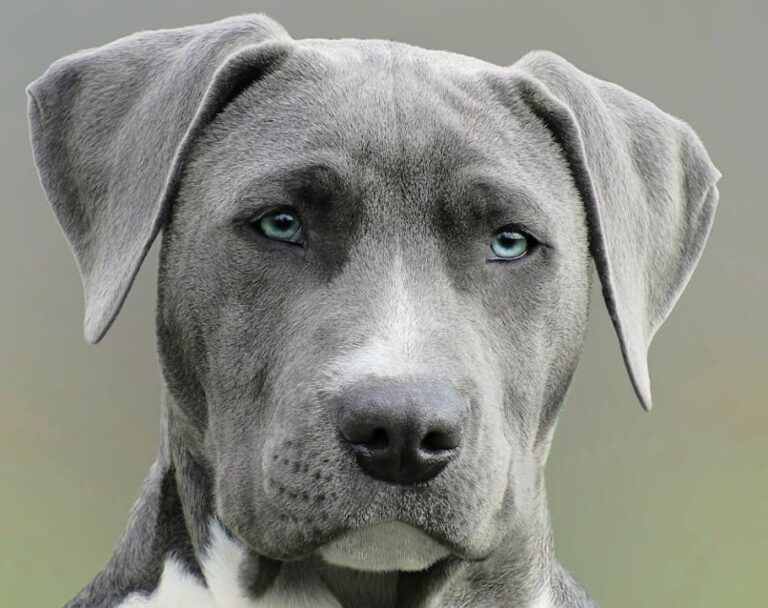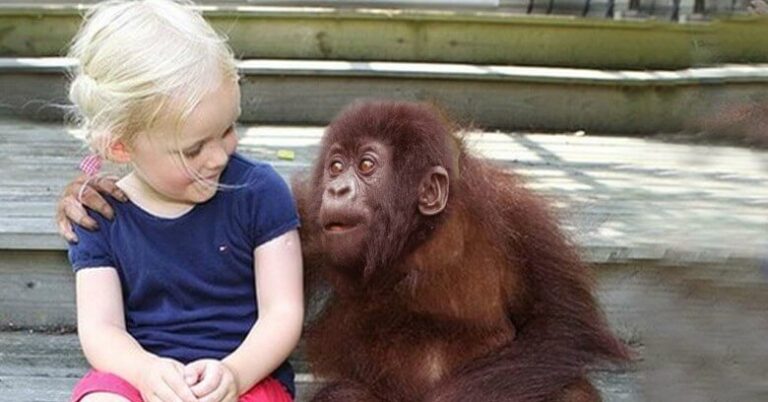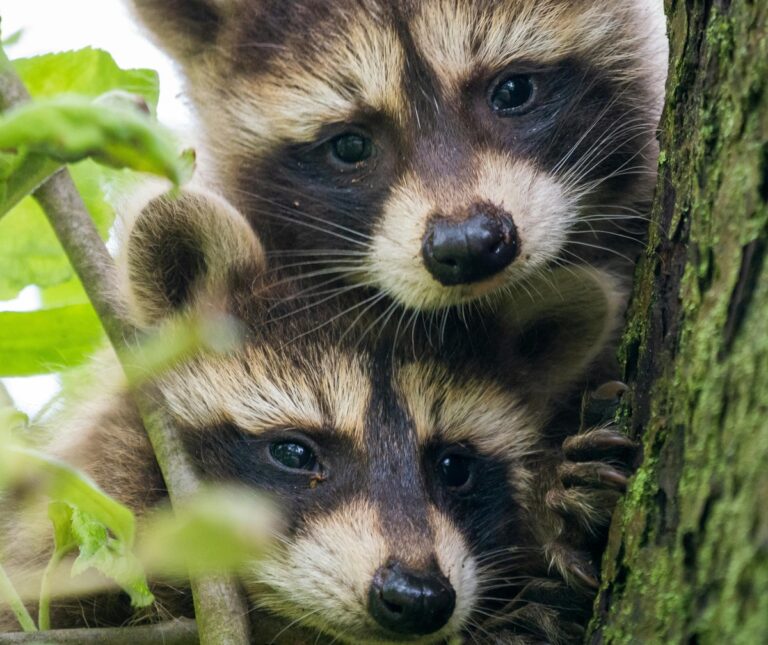10 House Plants That Are Toxic To Your Cats
Introduction
House plants bring beauty and freshness to your home, but some can pose serious risks to your feline friend. Cats are naturally curious creatures, and their tendency to nibble on leaves can lead to dangerous consequences.
Knowing which plants are toxic to cats is essential for creating a safe environment. From mild irritation to life-threatening conditions, certain plants can harm your cat’s health. Let’s explore ten common house plants you should avoid if you have cats.
Lily
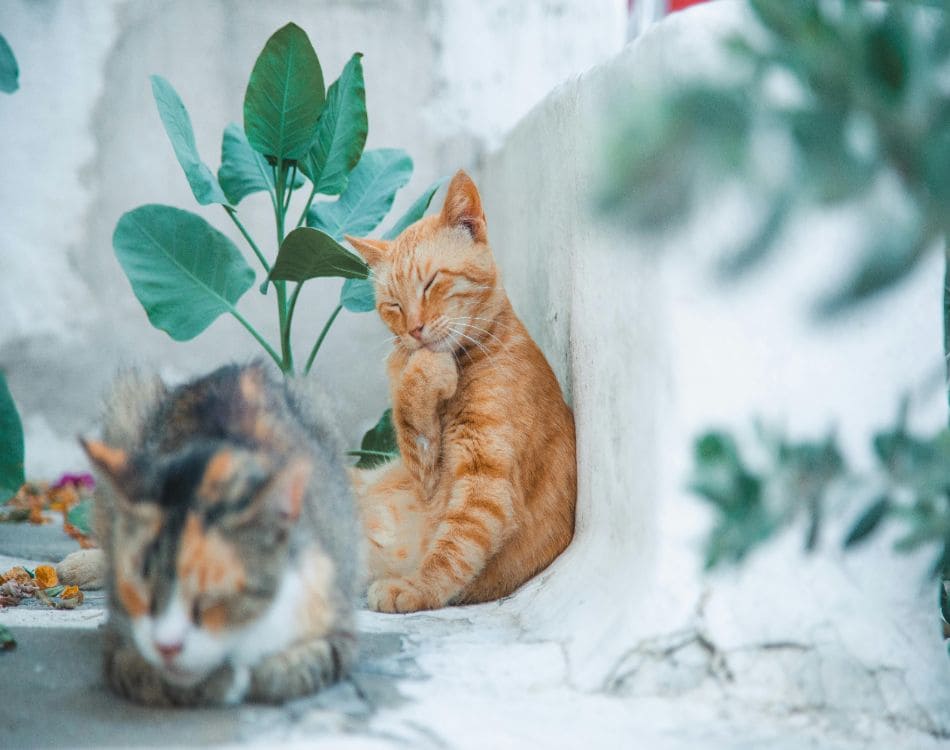
Lilies are gorgeous, but they’re deadly for cats. Even a small bite or licking pollen can lead to kidney failure. Keep them far from paws!
Aloe Vera
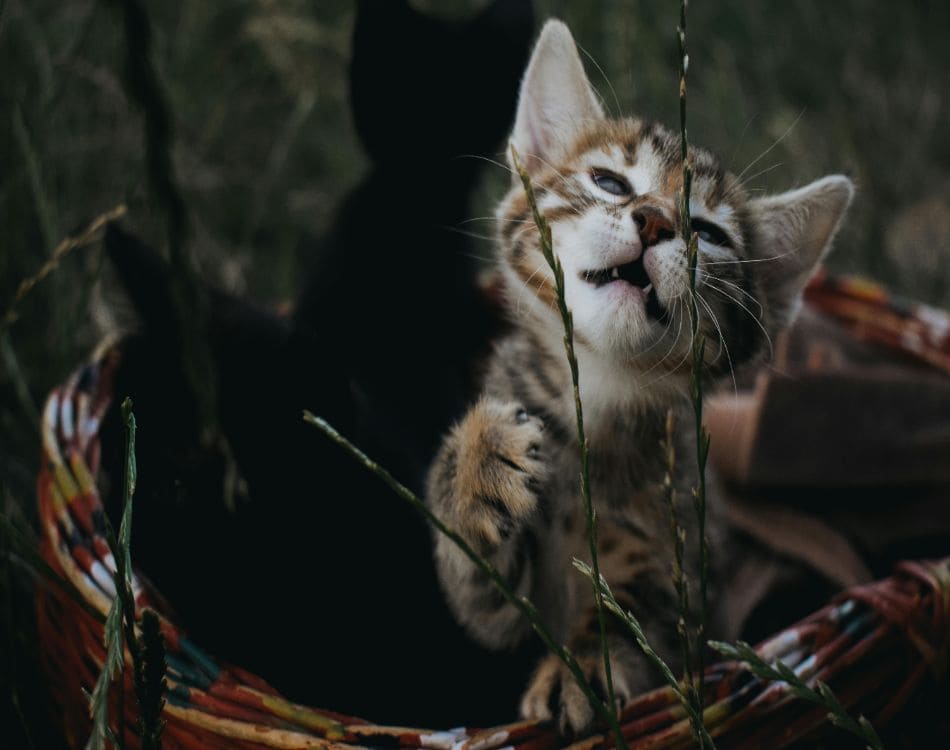
Though healing for humans, aloe vera can cause vomiting and diarrhea in cats if ingested. Its saponins are the culprit behind this unpleasant reaction.
Pothos (Devil’s Ivy)
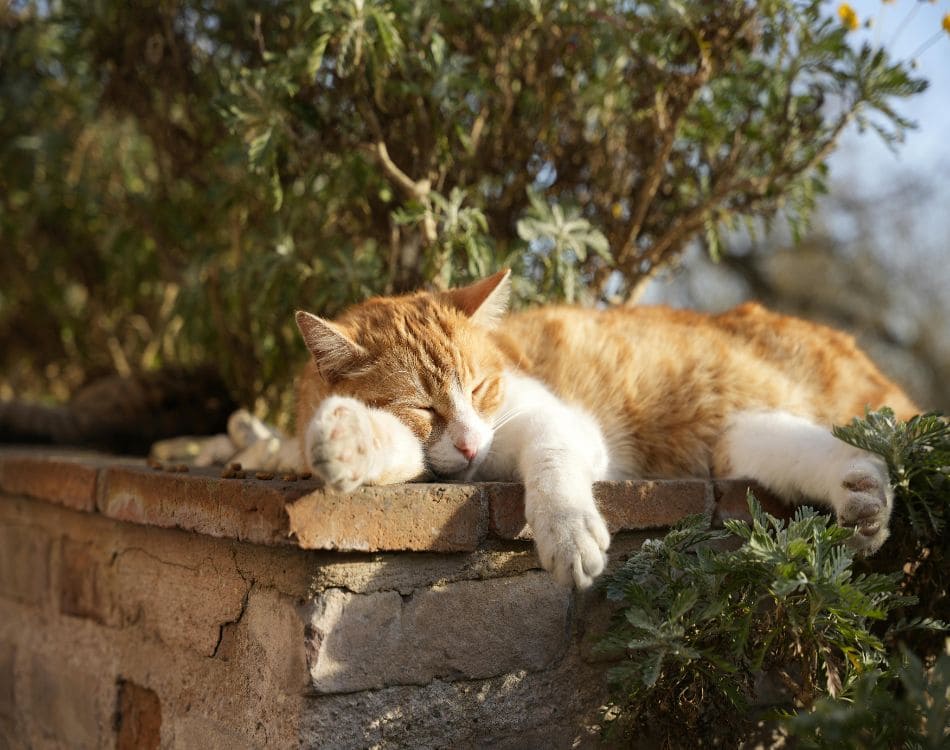
Popular for its low maintenance, pothos contain insoluble calcium oxalates that irritate a cat’s mouth and throat, causing drooling and discomfort.
Dieffenbachia (Dumb Cane)
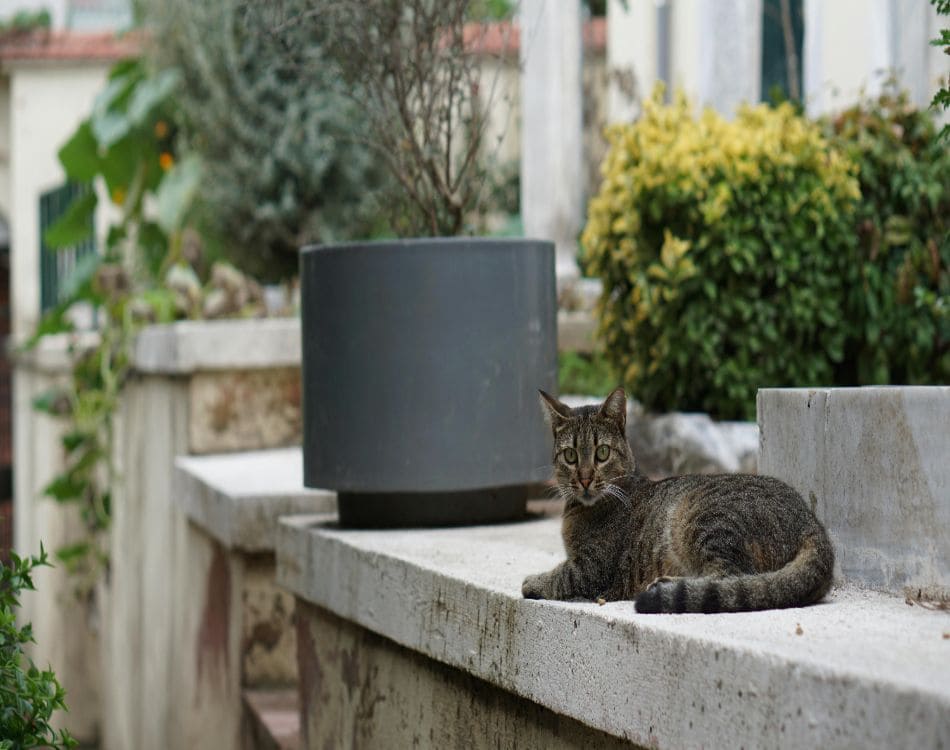
This plant’s striking leaves are packed with oxalates and enzymes harmful to cats. Ingestion can lead to burning sensations and difficulty swallowing.
Sago Palm
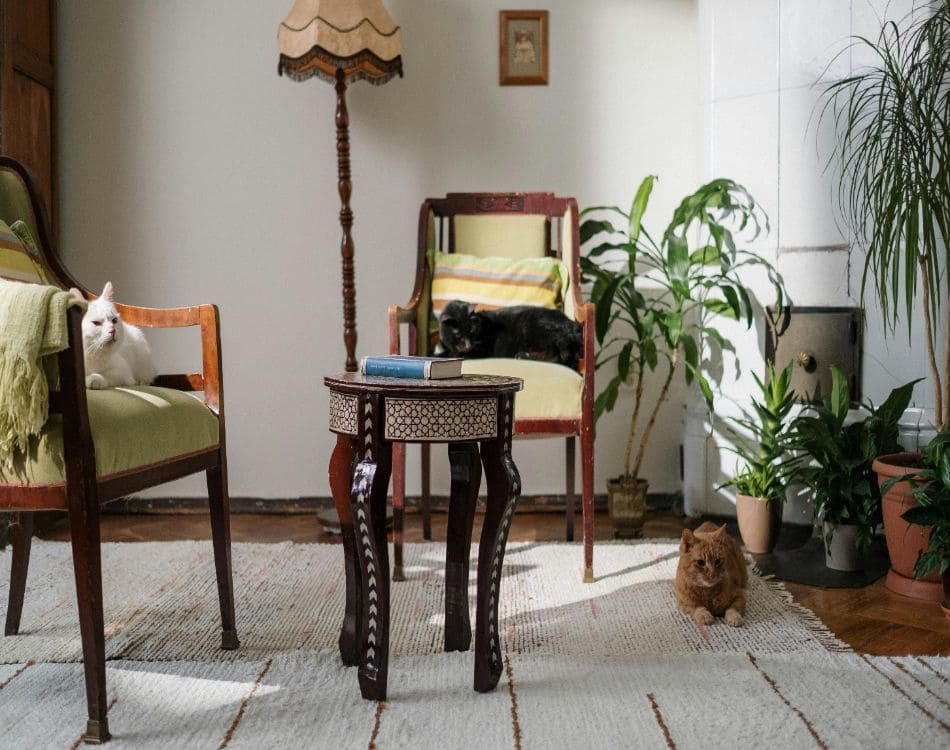
Every part of the sago palm is toxic, but its seeds are especially dangerous. Ingestion can cause severe liver damage or even death.
Peace Lily
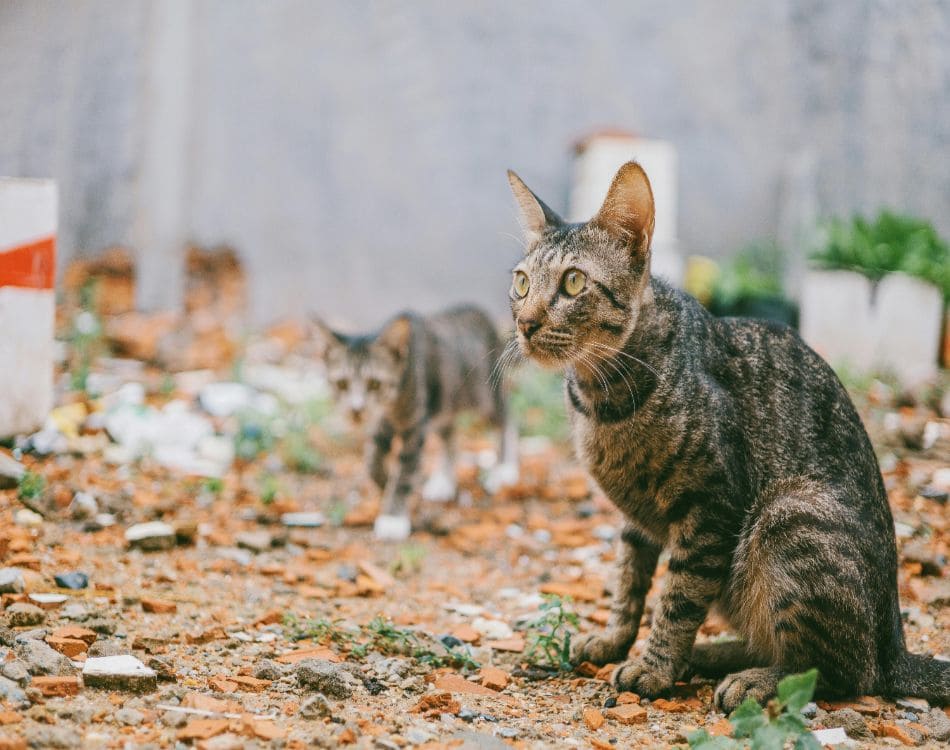
Not a true lily, but still risky! Peace lilies can cause oral irritation, swelling, and vomiting if a curious cat takes a nibble.
Snake Plant
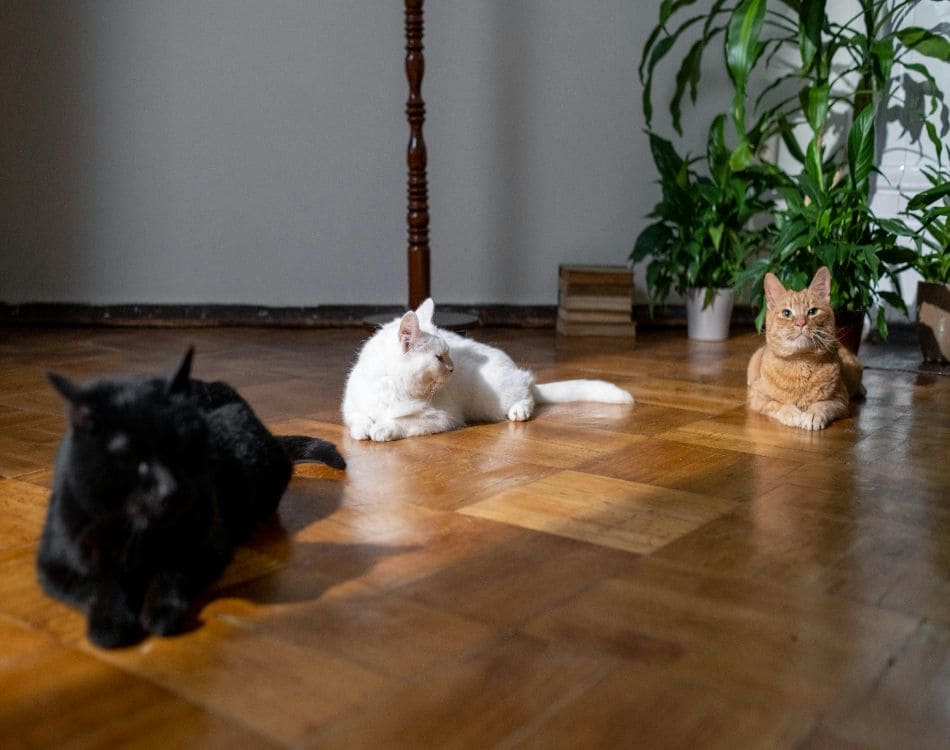
A trendy choice, the snake plant contains saponins, which can upset a cat’s stomach, leading to vomiting and nausea after ingestion.
Jade Plant
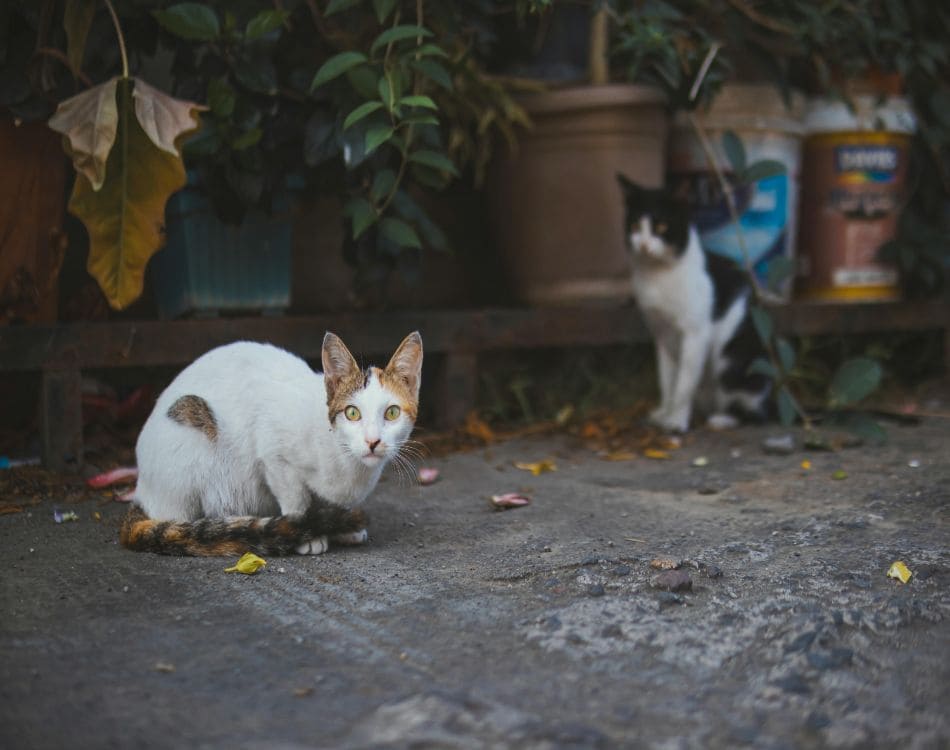
This glossy succulent may look harmless but can cause lethargy, vomiting, and a slowed heart rate in cats. Keep it out of reach.
English Ivy
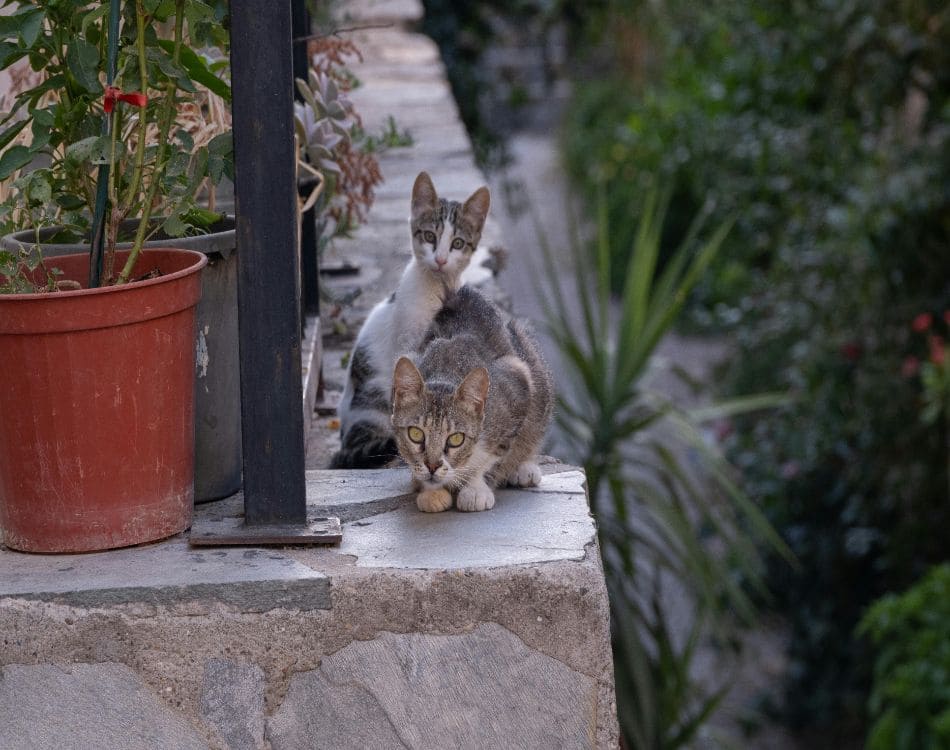
Ivy’s trailing leaves are tempting to cats but are highly toxic. Eating it can result in drooling, vomiting, and abdominal pain.
Oleander
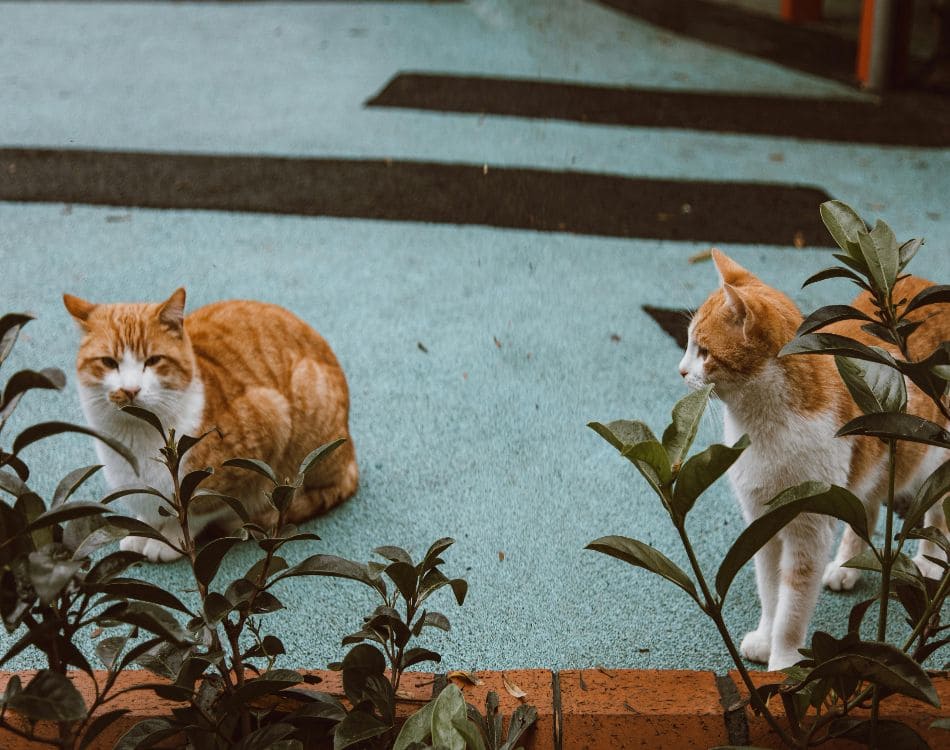
This ornamental shrub is a no-go for cat households. Ingesting even a tiny amount can cause heart issues, drooling, and severe vomiting.
Conclusion
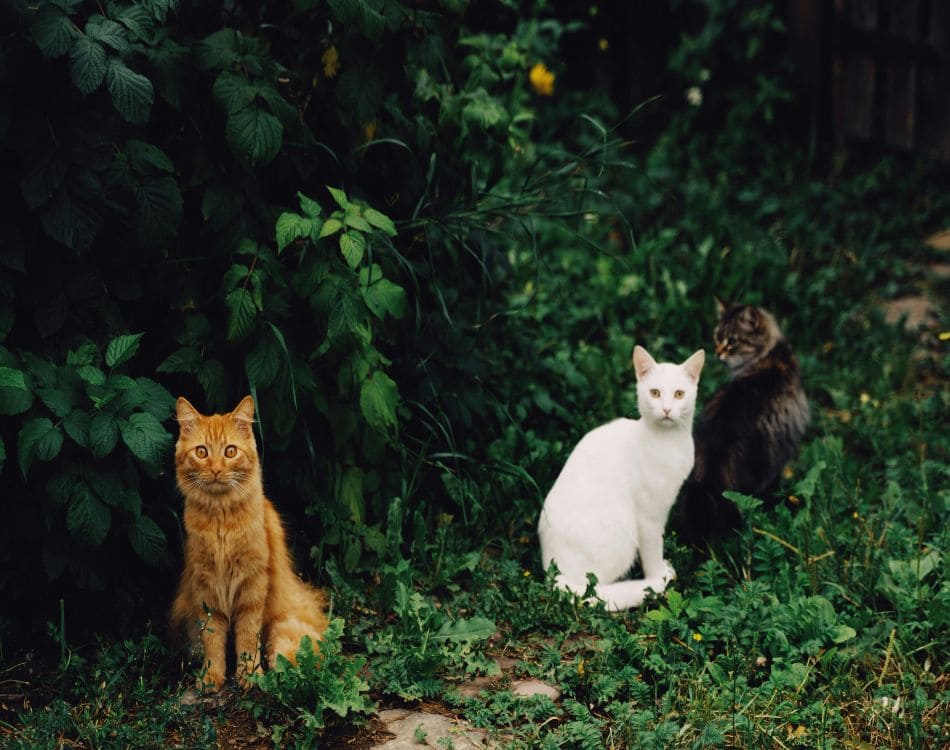
Cats are naturally curious, often exploring with their mouths. Knowing which plants are harmful ensures your home stays both stylish and safe for your furry friend. So choose your greens wisely!


